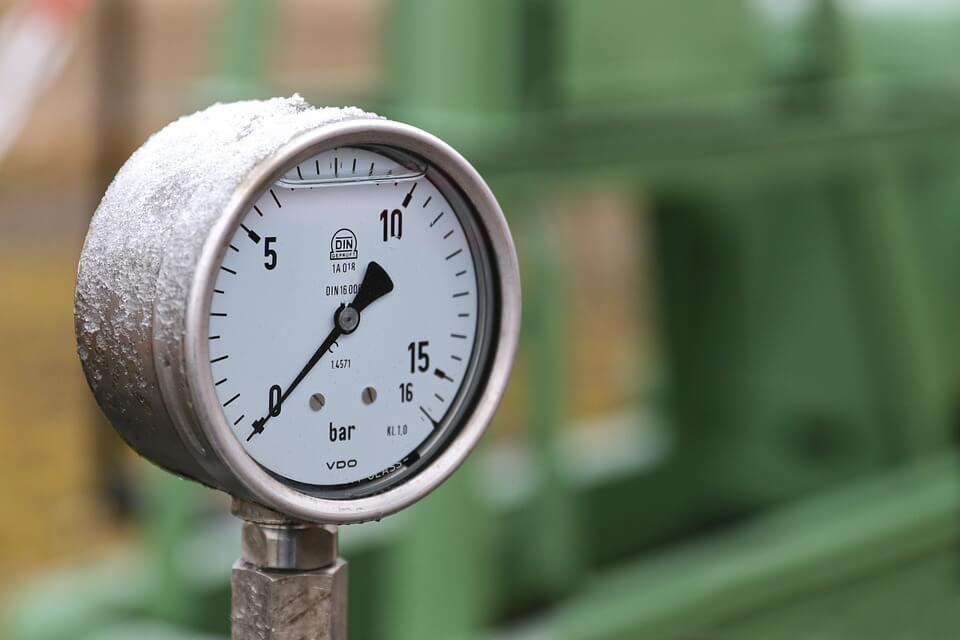What is air pressure? What are the causes and reasons of air pressure? Quick experiments on air pressure.

Source : pixabay.com
What Causes Air Pressure?
The earth’s surface of rocks and water is surrounded by an envelope of air called the atmosphere. It’s thickness varies between 80- 1000 km. The atmosphere is a mixture of gases, mainly oxygen and nitrogen. 21 % of the air is oxygen and 78 % is nitrogen. The remaining percentage consists of small amounts of inert gases such as argon, neon, carbon dioxide and water vapour.
The characteristics of air are not the same throughout. The atmosphere has no definite height. The layers of the atmosphere nearest the earth’s surface are denser than at higher levels. The density of air decreases as we rise in the atmosphere. About 50 % of air lies between sea level and 6000 m altitude. Air covers the earth like a blanket. We live, therefore, at the bottom of this thick layer of air.
Experiments About Air Pressure;
Activity 1:
- Purpose : To show that air exerts pressure.
- Materials: A metal can, water, bunsen burner rubber stopper.
- Method : 1) Put a small amount of water in metal can and boil the water for several minutes to drive out most of the air.
2) Stop heating and immediately seal the can with a well fitting rubber stopper.
3) Now pour cold water onto the can. Steam inside the can will condense and a partial vacuum will be formed and you will see that the can collapses because of the atmospheric pressure on the outside.
Activity 2:
- Purpose : To show that air exerts pressure.
- Metarials: A glass tumbler, water, a sheet of paper.
- Method : 1) Take the glass tumbler and fill it with water completely.
2) Cover the mouth of the tumbler with the sheet of paper and turn it upside down. Does the water remain in the tumbler?
Activity 3:
- Purpose : To show that air exerts pressure.
- Materials: Magdeburg hemispheres, vacuum pump.
- Method : 1) Take the Magdeburg hemispheres. Seal the rims of the hemispheres together with grease and connect them to a vacuum pump.
2) Empty the air inside the hemispheres.
3) Try to separate them. Can they be separated? Give the reason.
This experiment was done by Otto van Guericke more than 300 years ago in Magdeburg, Germany. He used two metal hemispheres about 60 cm in diameter. When the air inside was pumped out, two teams of eight horses could not separate them.
The molecules of the gases forming the atmosphere have mass and therefore weight. Since the air surrounding the earth has weight, it exerts pressure all the time on every object it covers. Air pressure is caused by the pull of gravity on the molecules of the gases comprising the air. The pressure of the air on the surface of the earth (at sea level) is the weight of the air column of unit cross- section extending upwards.
MEASUREMENT OF AIR PRESSURE
Since the atmosphere has no definite height and no uniform density, it is not possible to calculate the atmospheric pressure using the formula, P= hx Dxg.
Atmospheric pressure can be found by calculating the pressure of the column of a liquid in a tube, which is the same as the atmospheric pressure outside the tube. Evagelista Torricelli was the first scientist to measure atmospheric pressure.
TORRICELLI’S EXPERIMENT
Torricelli completely filled a glass tube closed at one end, about 1 m long, with mercury and covered the open end with his thumb. Then he inverted the tube below the surface of mercury in a bowl and removed his thumb. The mercury column fell down leaving a vacuum at the top of the tube. He used different sized tubes and when he tilted the tubes the mercury remained at the same horizontal level. When this experiment was repeated at sea level at 0 °C, the mercury column fell until its length was 76 cm.
At different altitudes the height of the mercury column changed. Torricelli concluded that the air pressure at sea level, at 0 °C, is the same as the pressure of a 76 cm column of mercury.
The pressure of a 76 cm column of mercury is:
- P= h x D x g
Dmercury= 13″6 gr/cc= 13-6x 103 kg/m3 (g= 9.8 N/kg)
- h= 76 cm= 0.76 m
- P= 0.76 mx 13.6x 10 kg/m3x 9.8 N/kg= 101292.8 N/ m2
- It means P= 101292.8 Pa or approximately P= 100.000 Pa
- 1 bar= 100000 Pa= normal atmospheric pressure
- 1 bar= 1000 millibars
So the atmospheric pressure on an average day near sea level may be quoted as either:
- 100 kPa, 1 bar, 1000 millibars or 76 cm of mercury.
At sea level the air exerts about 10 N of force per square centimeter. Since we are used to this pressure, and our internal pressure is normally equal to it, we do not feel it unless it is changed rapidly.